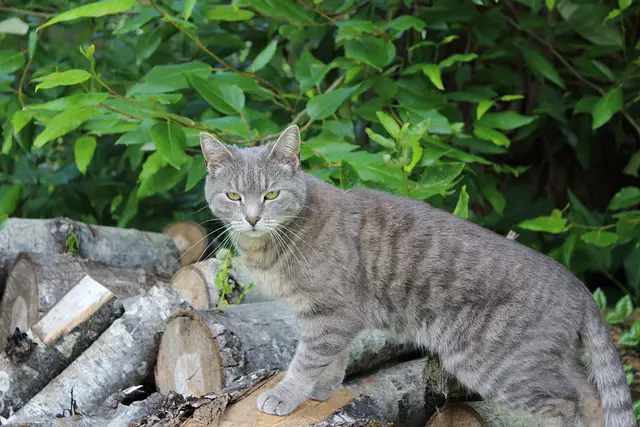Cats are often seen as mysterious, mischievous creatures with their minds. While it can be challenging to decipher their behavior, it is essential to understand why cats do what they do. One typical behavior that many cat owners have noticed is a cat throwing a “fit” when they don’t get its way. Let’s look at this behavior and how to handle it properly.
Do cats throw fits?
While cats might appear aloof and disengaged, they are intuitive animals with complex emotions.
While cats don’t typically throw temper tantrums as humans do, they can still express their feelings or dissatisfaction in various ways.
For example, a cat might express agitation or anxiety by excessively meowing, clawing at furniture, or urinating outside the litter box.
If any of these behaviors are witnessed, it’s best to take steps to investigate the root cause. This could involve looking for stressors in their environment or visiting the vet for a check-up.
What Does It Mean When a Cat Throws a Fit?
When cats throw fits, humans tend to anthropomorphize them and assume they are reacting in anger or frustration.
However, this may not necessarily be the case; cats have different ways of expressing emotions than people do.
For example, cats may growl, hiss, swat or even bite if they feel threatened or overwhelmed by an unfamiliar situation.
They can also display aggression when scared or hurt – these behaviors are not necessarily reflective of anger or frustration but rather an impulse response to the situation.
Why Do Cats Throw Fits?
Cats generally throw fits for two main reasons: fear or lack of control over their environment.
If your cat is acting out due to fear, it is essential to identify the source of anxiety and work with your pet to create a safe and secure environment for them.
Suppose your cat is displaying aggressive behaviors due to a lack of control over their environment. In that case, you must establish boundaries and rules so that your cat knows what kind of behavior is ok and what isn’t acceptable.
How Can I Address My Cat’s Fits?
You must address any behavioral issues with your cat to ensure their safety and that everyone else’s safety interacts with them.
Start by talking with your veterinarian about potential medical causes for this behavior (such as allergies) and possible solutions (like medication).
You can also talk with certified animal behaviorists who specialize in cats and develop strategies to address any underlying issues that may be causing the “fits,” such as anxiety or stress.
Lastly, practice patience when dealing with these behaviors; remember that cats are creatures of habit, and sometimes change does not happen overnight! Be consistent in addressing any issues, so your pet understands what behaviors are acceptable and which aren’t – this will help create an atmosphere where you and your cat can thrive.
Are cat fits and tantrums the same?
Cats often display behavior that humans interpret as ‘fits’ or ‘tantrums,’ but it would be incorrect to assume they are the same.
While cats can undoubtedly have genuine temper tantrums, it is more likely that any outbursts or sudden changes in behavior are an attempt to communicate with their owners, a cry for attention, a sign of discomfort or pain, a reaction to hunger and boredom, etc.
Pet owners need to try and decipher the underlying issues behind their cat’s erratic behavior and address them with compassionate understanding.
With proper care and attention, cat fits or tantrums should become less frequent over time.
How to deal with cat tantrums?
When it comes to cat tantrums, the best way to deal with them is to remain calm and identify the underlying issue. It could be a disruption in routine, feeling insecure in their environment, or loneliness.
Once identified, you should address the issue’s root instead of just trying to stop the behavior.
If your cat becomes aggressive when they sense they are being ignored, try spending more time with them while providing positive reinforcement when they behave correctly.
Consider using environmental enrichment tools like puzzle feeders and interactive toys that may help alleviate boredom or anxiety. If all else fails, please reach out to an animal behavior specialist for further advice.
With patience and understanding, these sorts of issues can usually be solved without too much difficulty.
Conclusion.
Cats throwing fits may seem like something out of a cartoon – but it’s pretty standard. To best address this type of behavior, it’s essential for owners to understand why cats do the things they do – whether it be out of fear or lack of control over their environment – so they can come up with strategies on how best to address any underlying issues causing the fit-throwing episodes. Then, with patience and consistency in addressing these issues, owners should see positive changes in their pet’s demeanor over time!
[su_box title=”Affiliate Disclosure”]This website is supported by its readers. Please assume that all links are affiliate links. If you make a purchase from one of the links we will make a commission from Amazon. Thank you.[/su_box]




